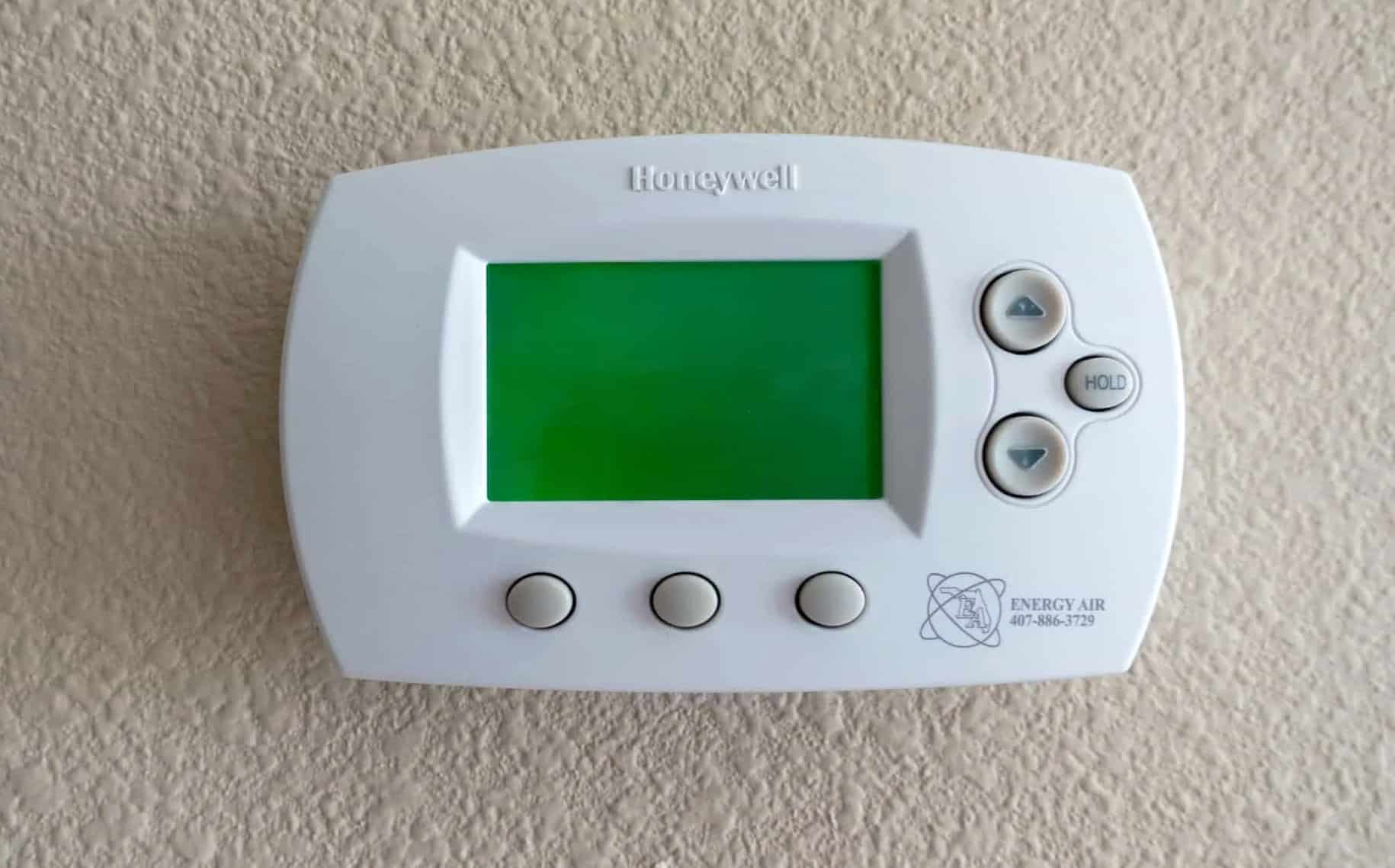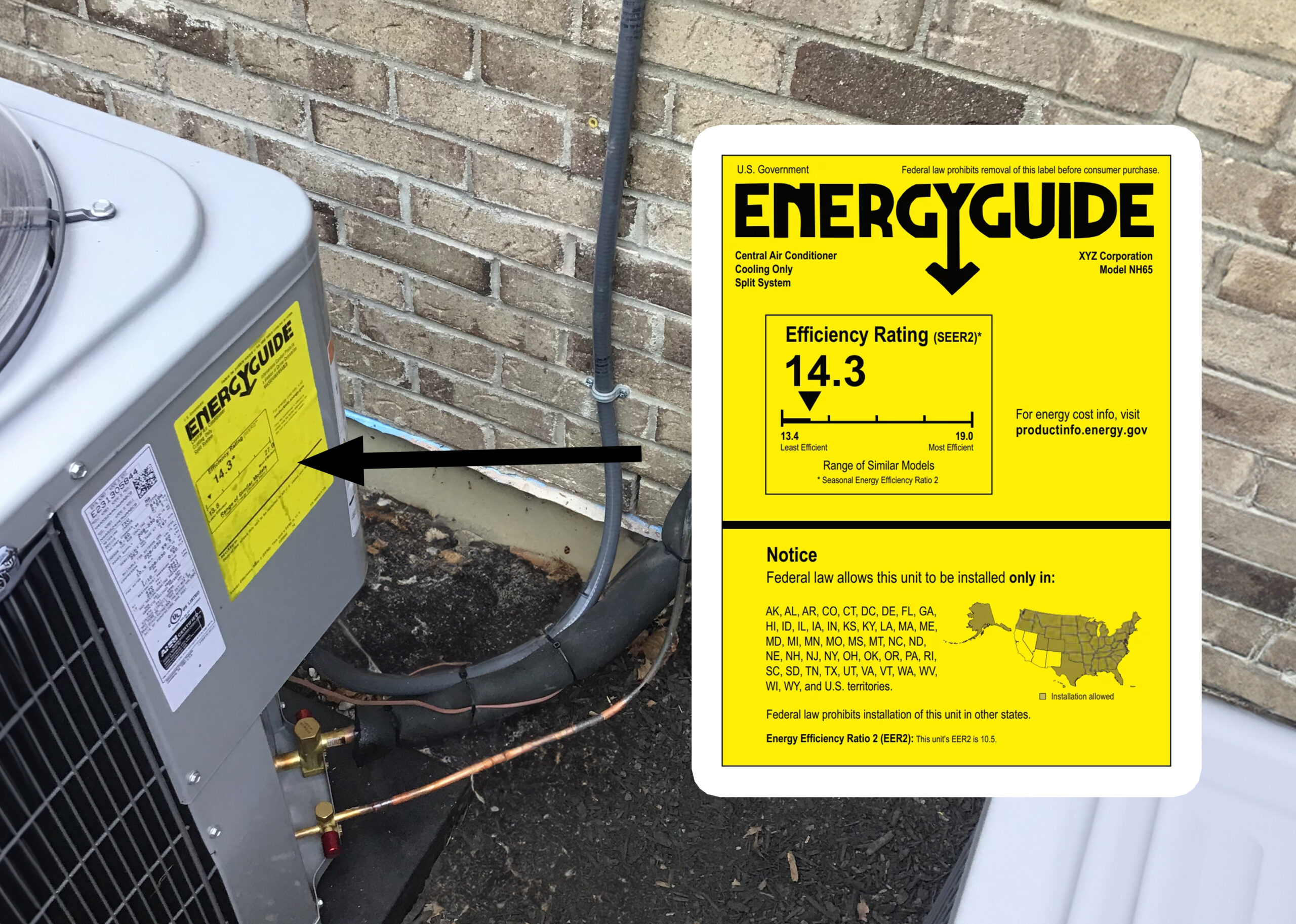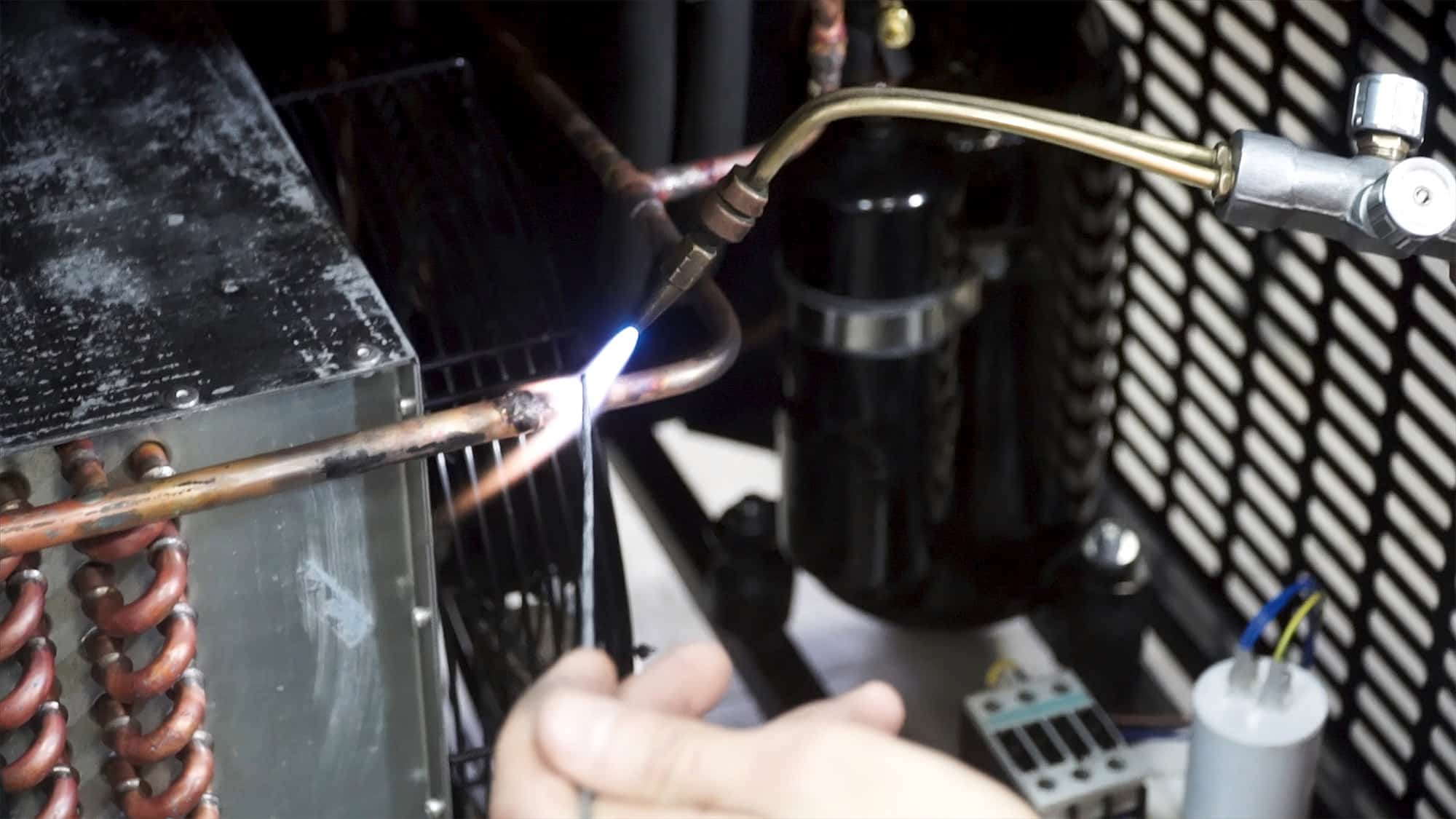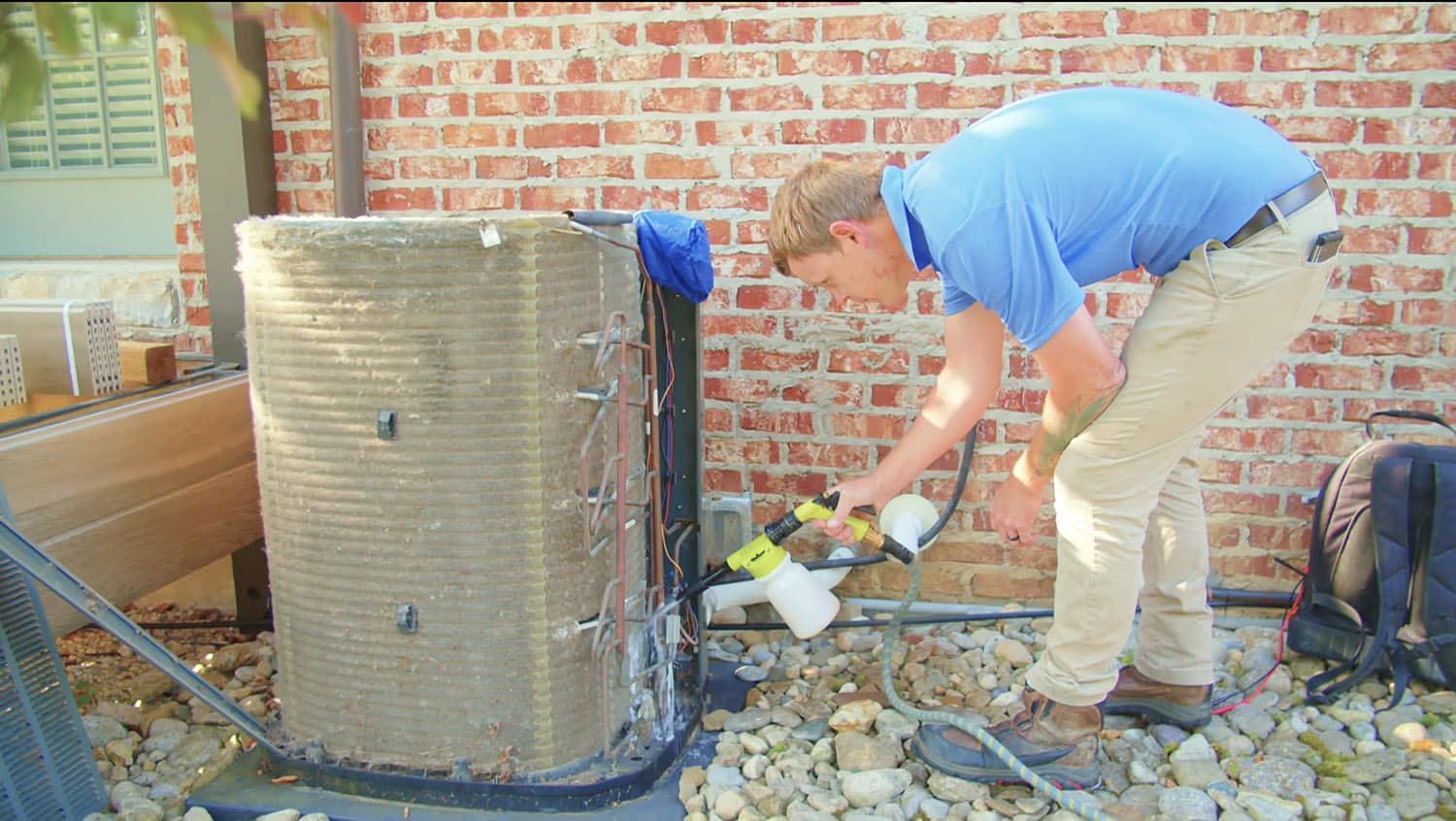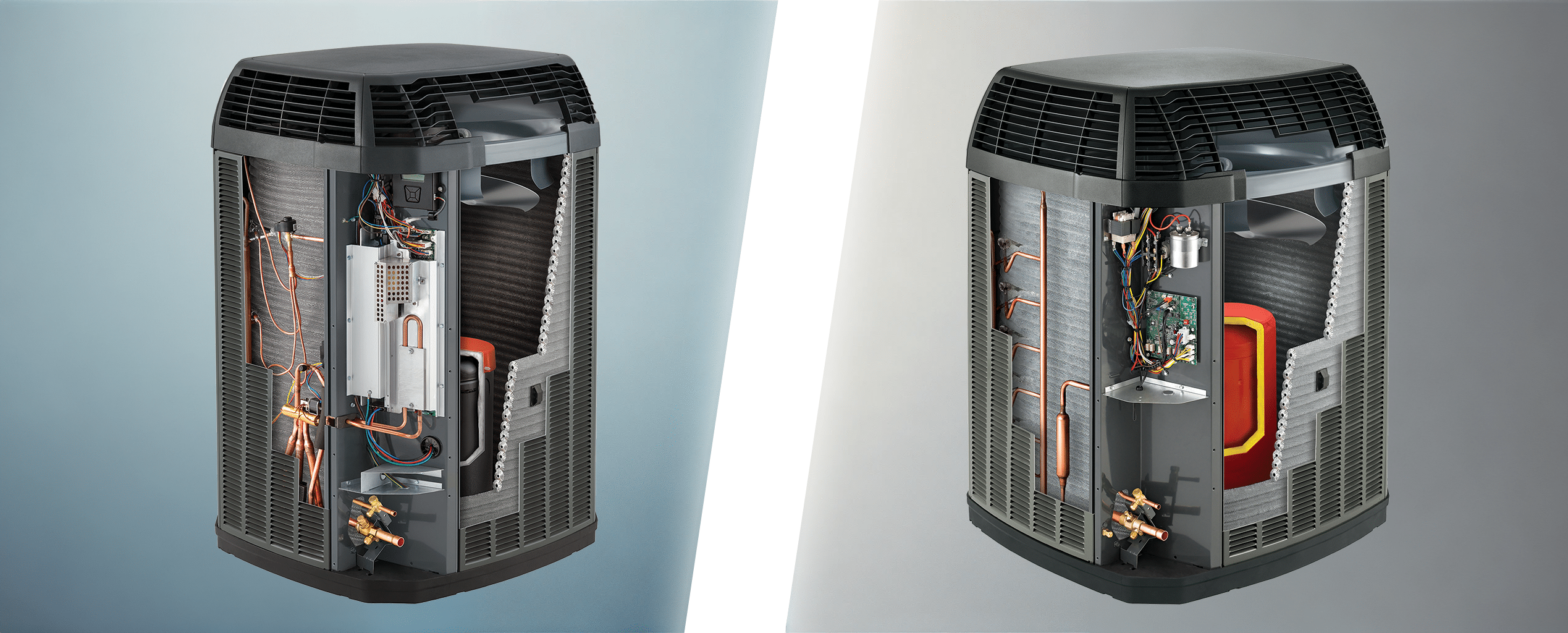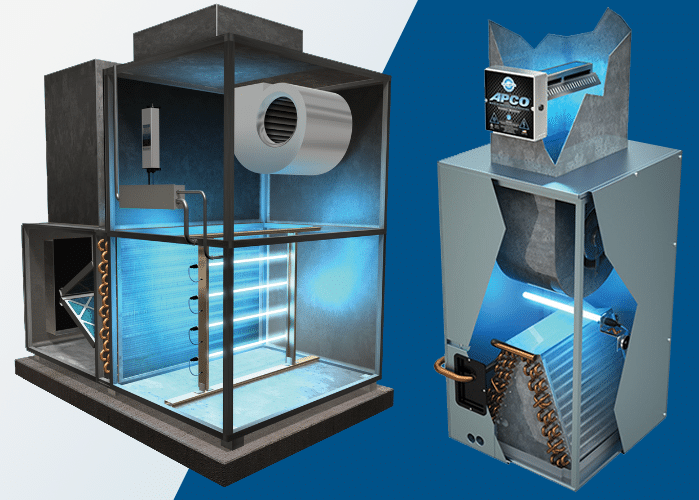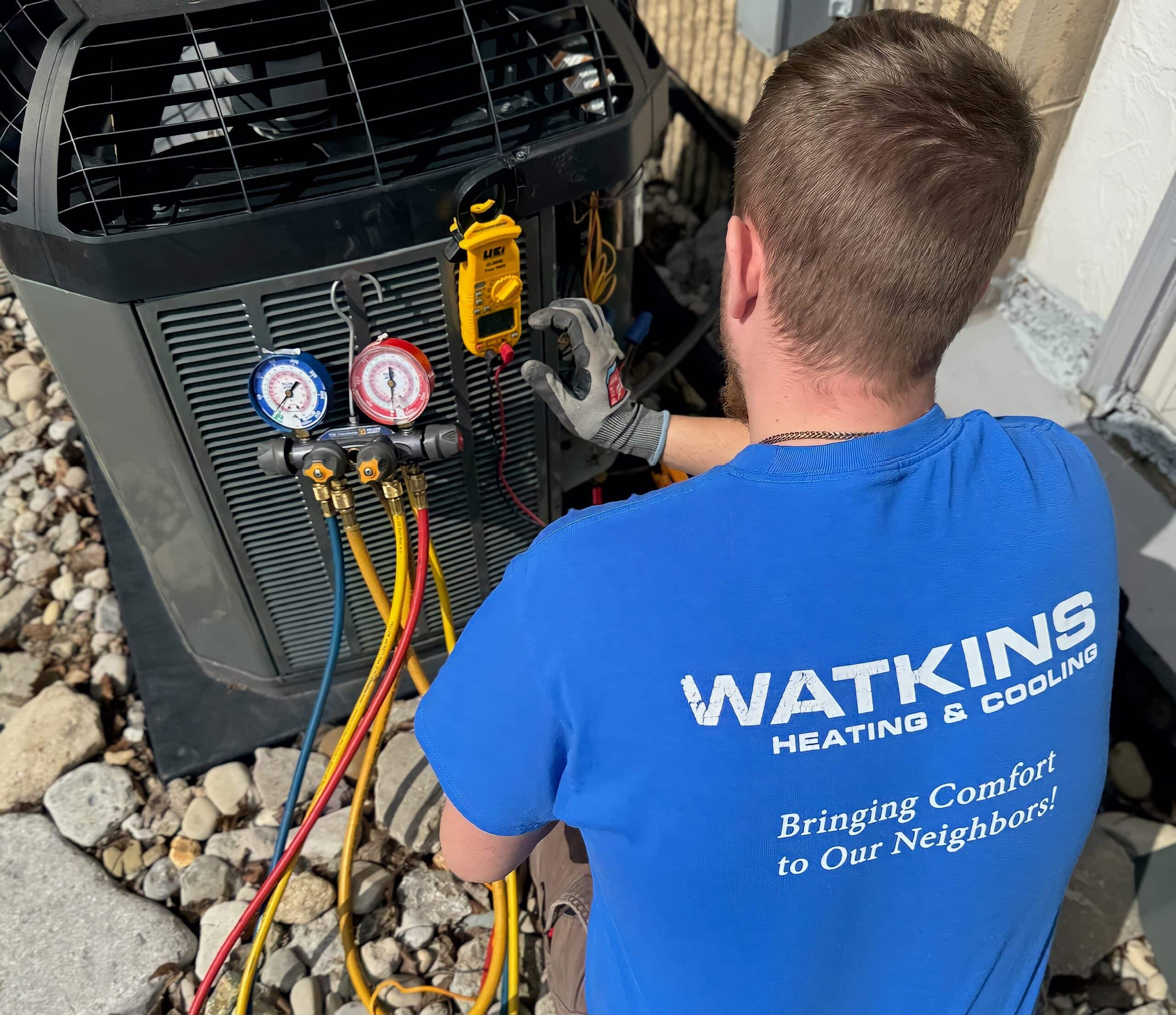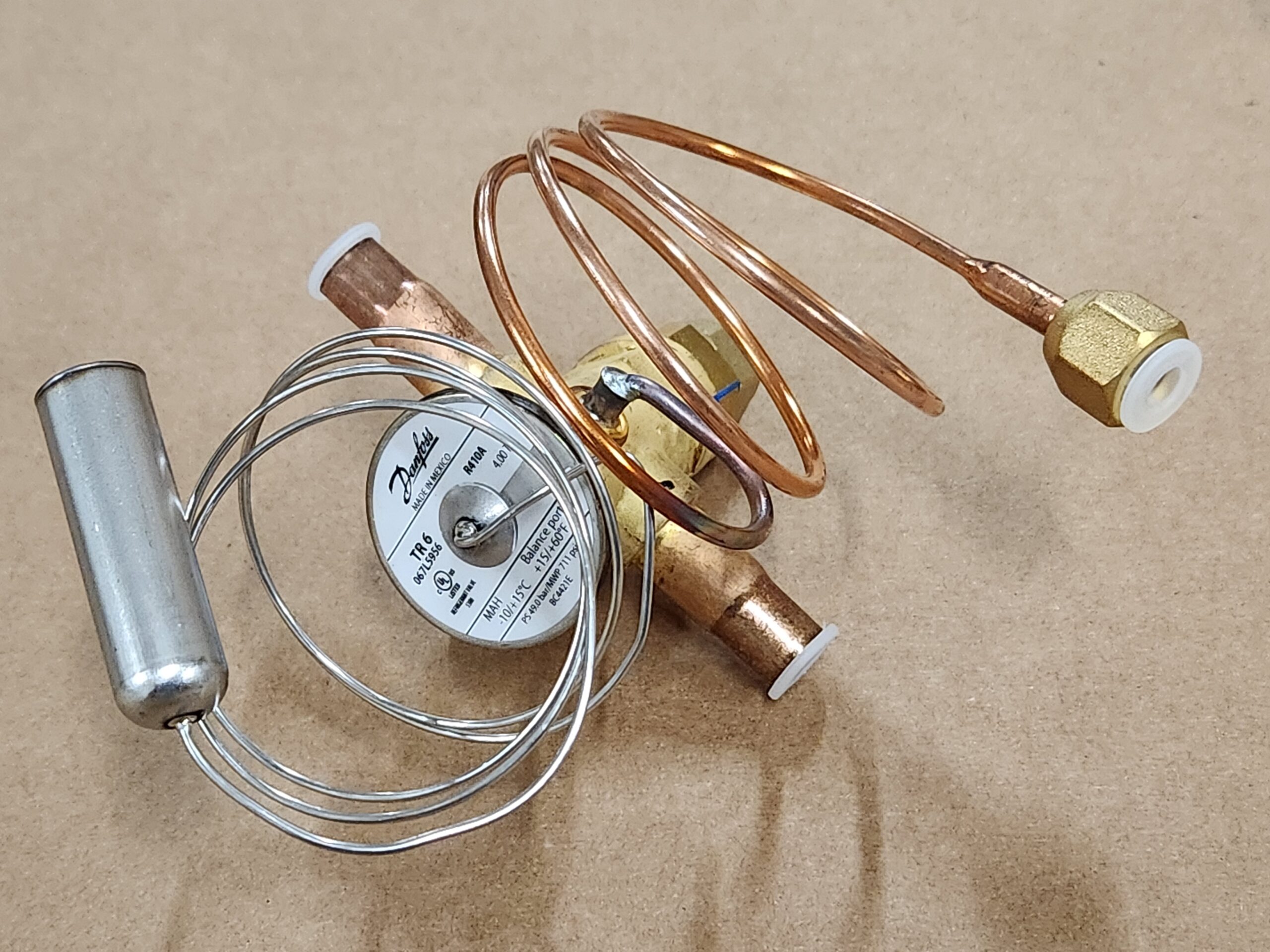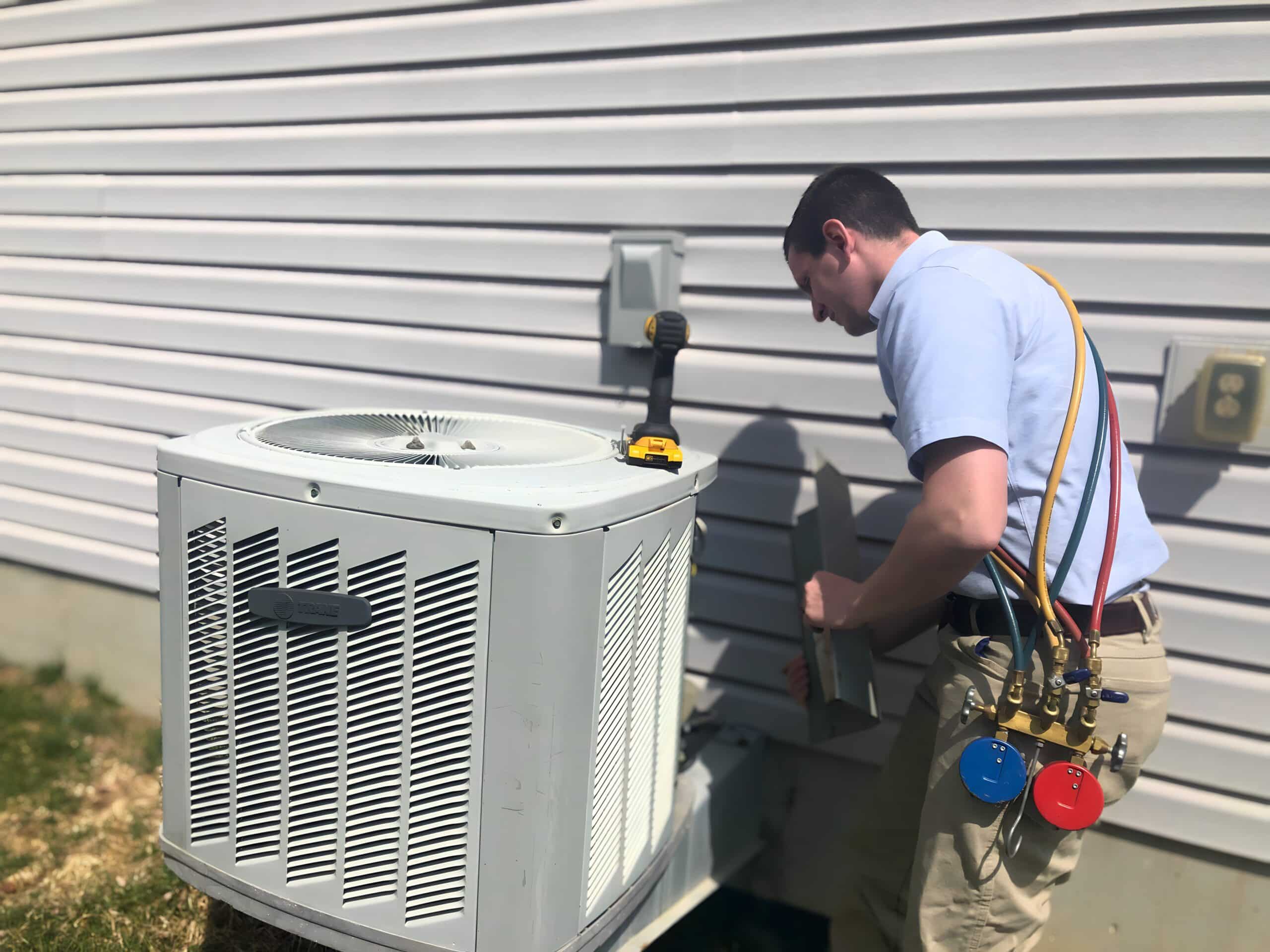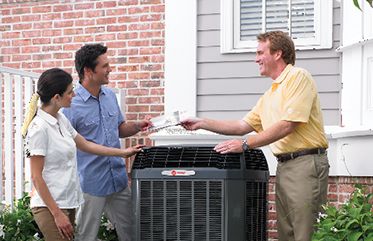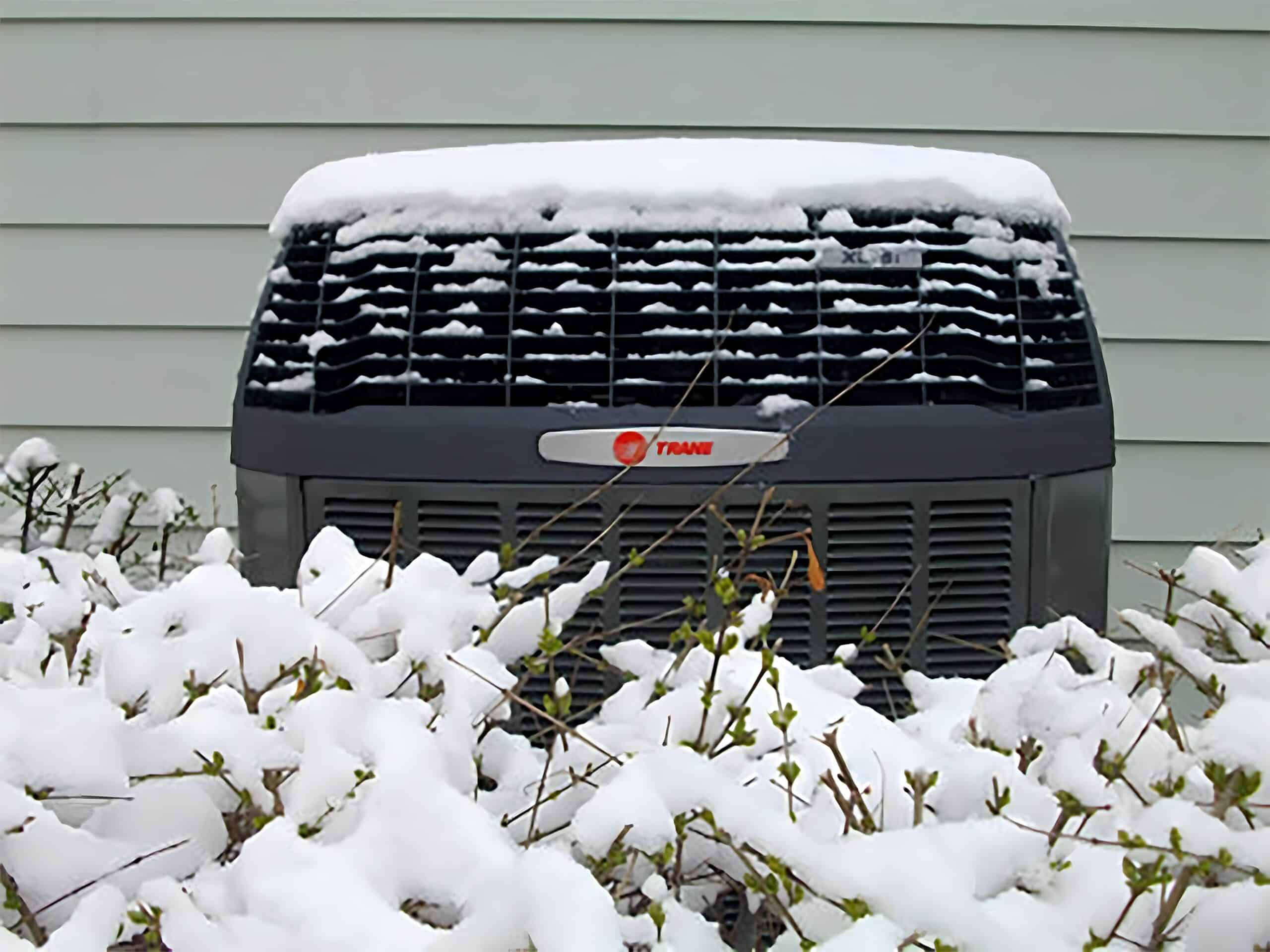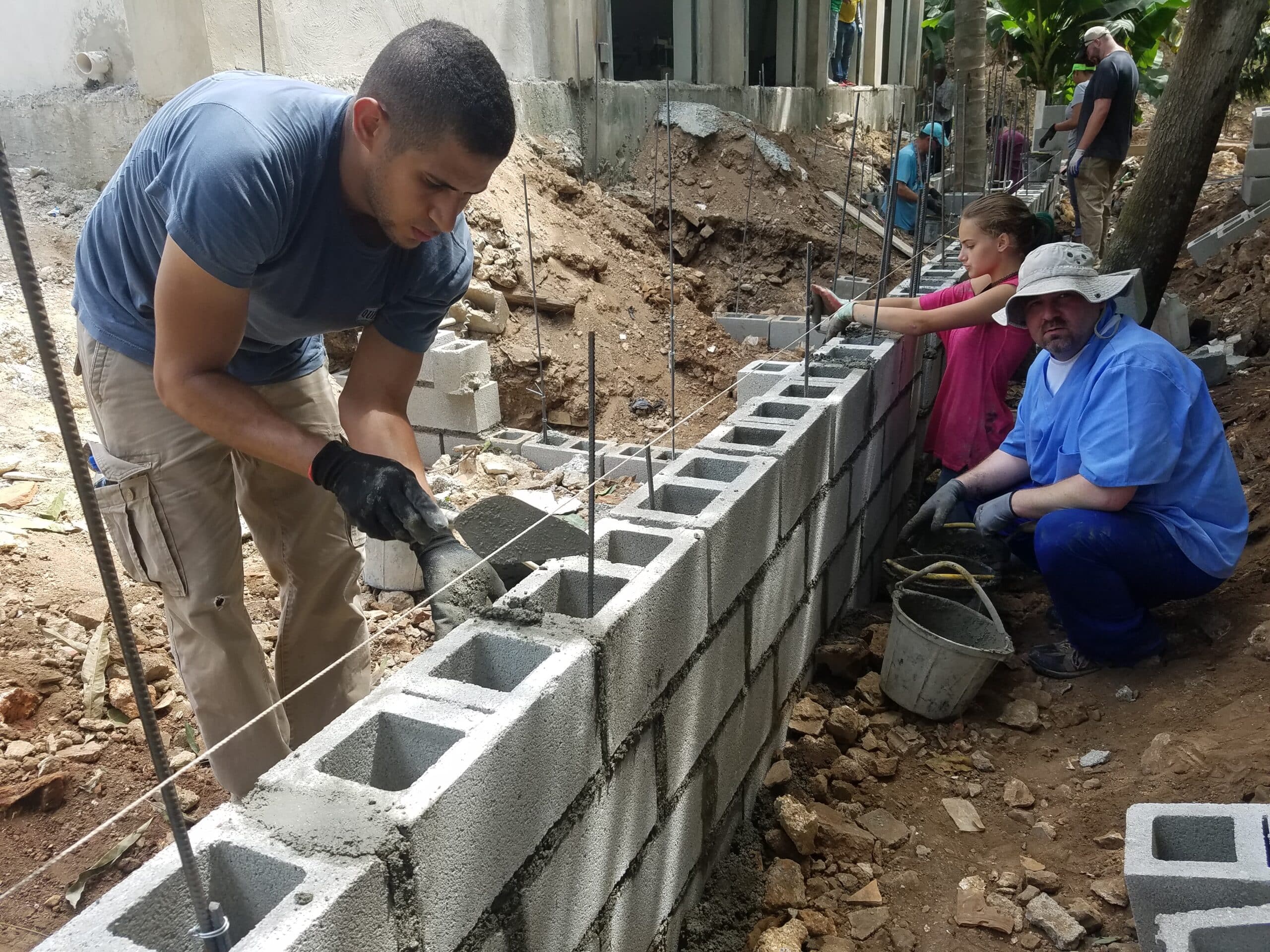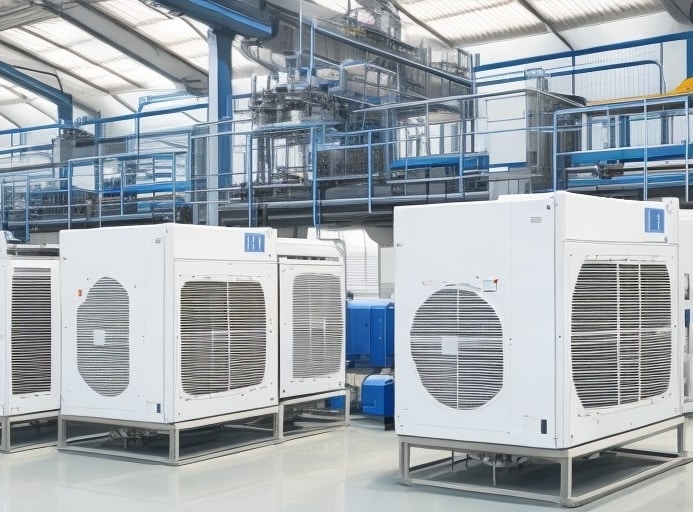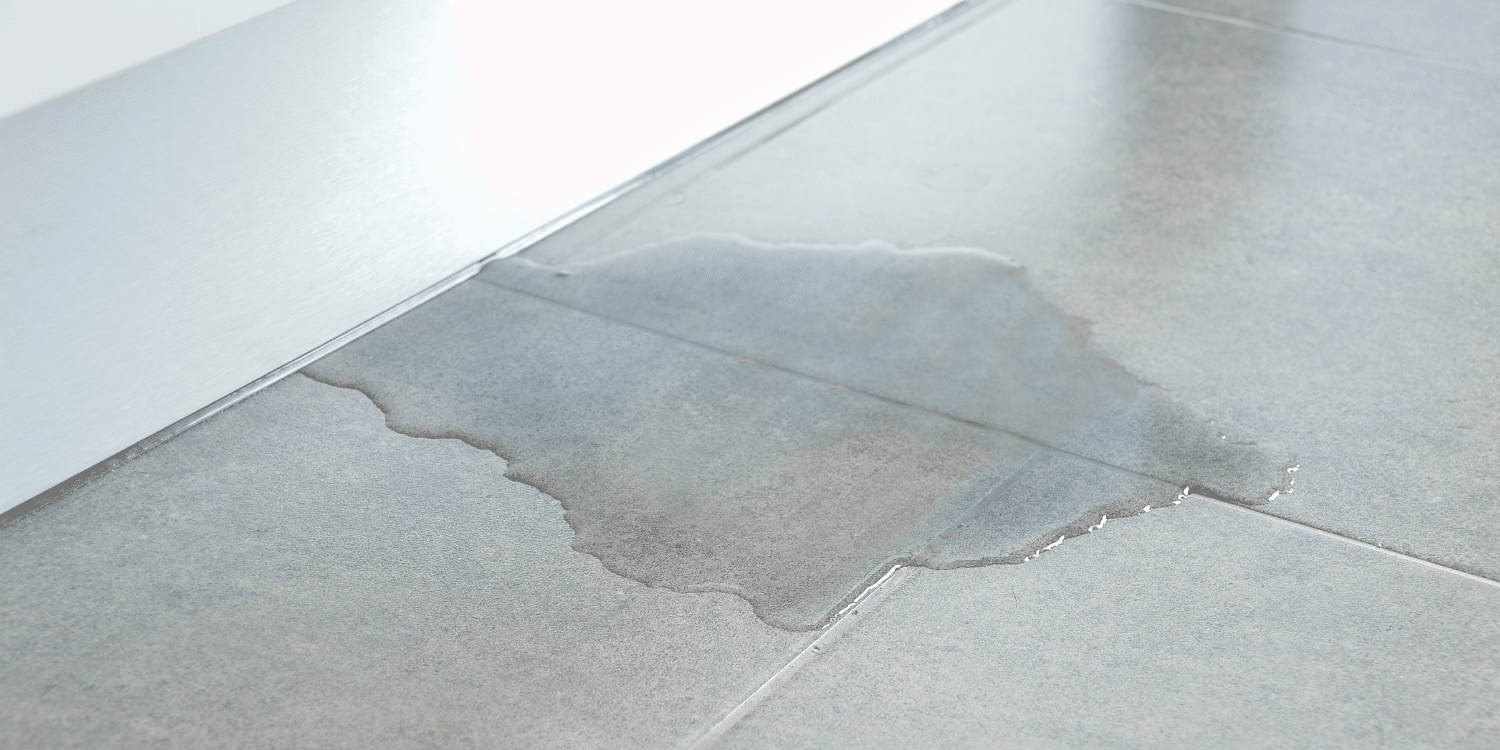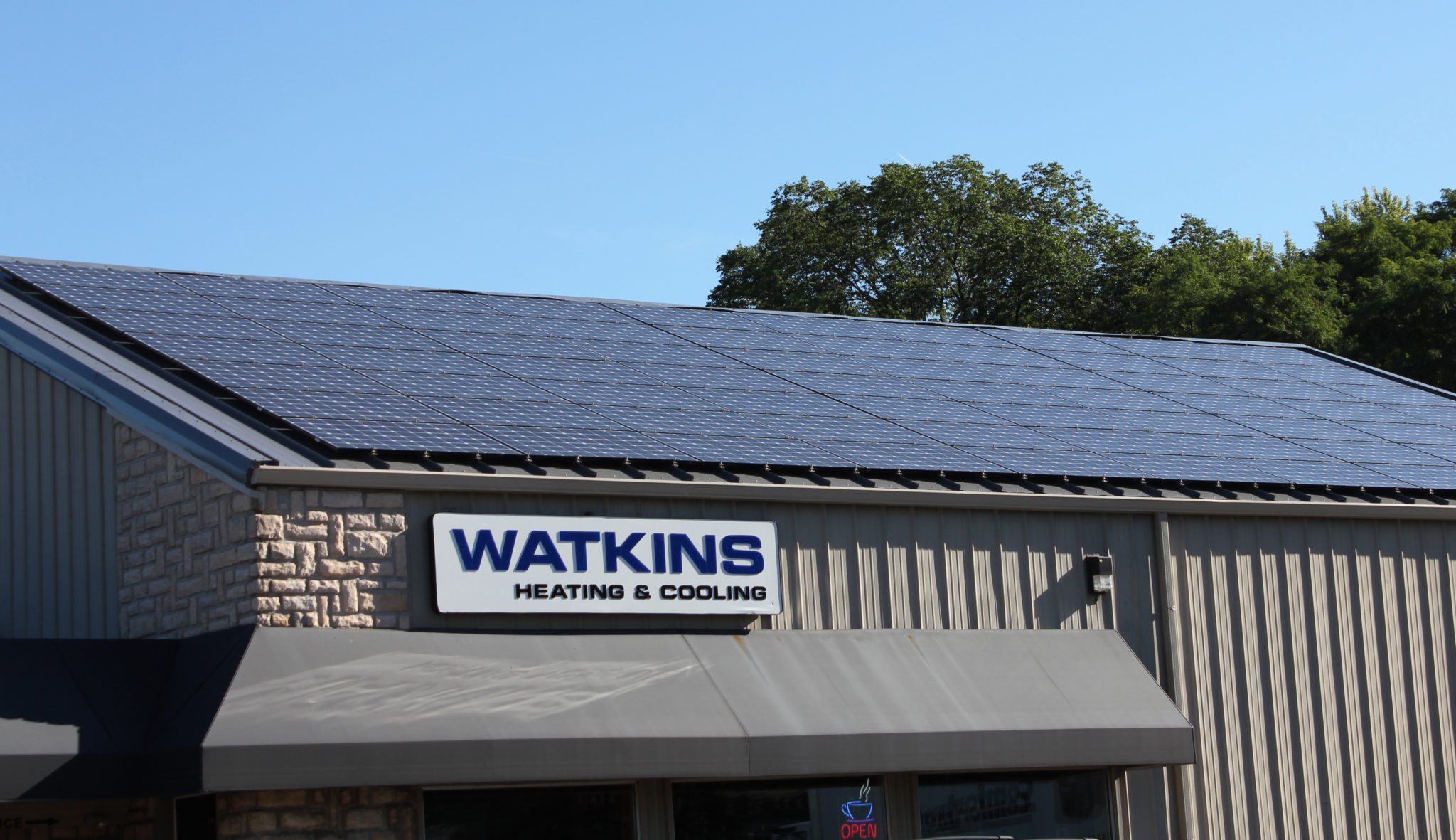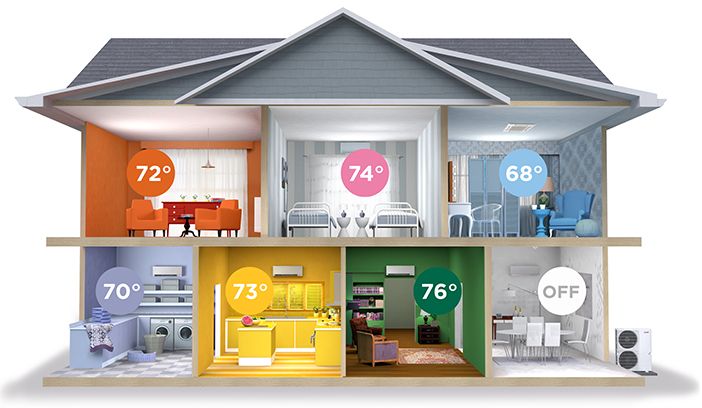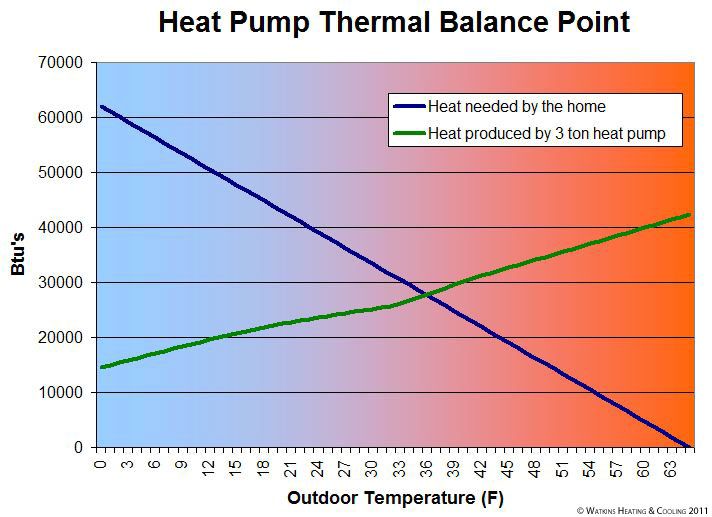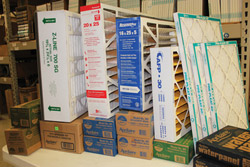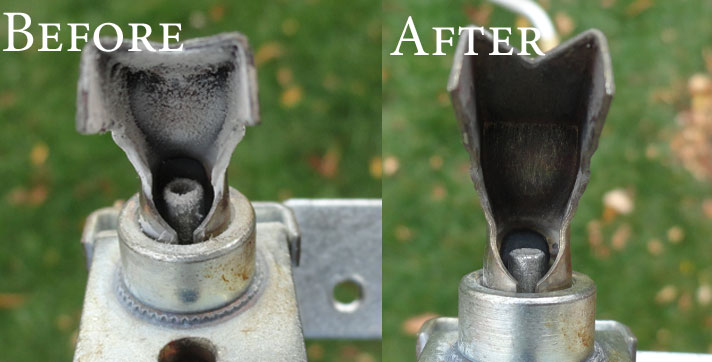When to Use Emergency Heat
Warning: this post will save you money!
Maybe you’re wondering what that EM heat or emergency heat setting on your thermostat means. Or maybe you’re using emergency heat Mode right now and you’re wondering how often you can use that feature and how much it might cost you. We’re here to help you understand what to expect when using emergency heat as well as auxiliary heat with your HVAC system.
Understanding the EM Heat Setting on your Thermostat
Let’s start by pointing out that auxiliary heat and emergency heat settings only exists on heat pump systems and are always activated from your heat pump’s thermostat. If you have an air conditioner instead of a heat pump, you do not have or need this capability.
When you use emergency heat, the thermostat shuts off your outdoor heat pump, and uses only your backup heat source to warm your home. That backup heating element is your indoor unit and could be an oil, propane, or gas furnace, but it is usually an electric heat strip on your air handler (otherwise known as resistance heat).Put even more simply, when you turn on emergency heat, your heat pump stops heating and your gas or electric heat source takes over.
We want to point out from the start of this article that emergency heat should not be used unless absolutely necessary. You may have heard outdated advice that suggests switching to EM heat mode whenever the outside temperature drops below freezing. That advice may have been true with old, first-generation heat pumps because of their inefficiency, but modern heat pump systems are much better equipped to handle colder weather. Using emergency heat unnecessarily will drive up your energy bills without really improving performance. Below, we’ll tell you exactly when you should use emergency heat.
Now let’s dive into how we can tackle these low humidity issues!

The Difference Between Auxiliary Heat and Emergency Heat
One question we hear homeowners ask a lot is about the difference between the auxiliary heat and emergency heat settings.
There’s a clear similarity in the fact that both modes are functions of the thermostat which activate your secondary heating source instead of the primary heat pump.
However, there is also a very distinct difference. When you activate the emergency heat setting, the thermostat turns your heat pump OFF and heats the house with ONLY the backup heating system (typically an electric heat strip). This emergency heat setting is just like the name says – designed for emergency situations – and is a switch that you have to manually flip on the thermostat next to the label EM HEAT.
On the other hand, auxiliary heat is a mode that your thermostat automatically triggers on its own, which runs BOTH your heat pump and electric strip heat together at the same time. You may see this auxiliary heat mode indicated by a light on your stat labeled AUX HEAT. It’s normal to see AUX cycle on and off anytime the outdoor temperatures drop below 30 degrees Fahrenheit.
The reason for auxiliary heat is that your heat pump may not produce enough heat to keep your home consistently warm when temperatures drop below about 35 degrees Fahrenheit. Heat pumps are still very efficient at heating (around $0.02–$0.05 per 1,000 BTUs) even at low temperatures, while electric resistance heat is significantly more costly (around $0.12 per 1,000 BTUs). So combining your energy efficient heat pump with the heating power of a gas furnace or electric furnace (air handler) with an electric heat strip can give you the best of both worlds and help keep you family warm when those cold winter temperatures hit.

When to Use Emergency Heat
Sadly, many homeowners have heard conflicting advice on the best time to flip the EM Heat switch.
You may have heard that it’s okay to switch over to emergency whenever it’s cold outside, but that is outdated, incorrect information. That misinformation mostly comes from the myth that cold weather is hard on a heat pump or that a heat pump is not efficient below the freezing point. The reality is that most modern heat pumps are actually 2-3 times more efficient than a furnace or air handler with electric heat strips, even at freezing temperatures! That bring us to when you should use emergency heat.
The emergency heat setting should only be used when the heat pump has a malfunction and you’re waiting on a service technician. With today’s HVAC system technology, EM Heat Mode is simply designed as a backup system for when your heat pump is not functioning properly and is in need of repair. It is NOT meant for routine heating, even when it’s very cold outside, and should only be used temporarily during what a “heating emergency.”
If use emergency heat whenever it gets really cold, you are wasting tons of money on your heating bill. Electric resistance heat is still more expensive that a heat pump all the way down to about -15 degrees Farenheit! That’s right, you are actually getting lower energy efficiency by using EM and it’s costing you money. At Watkins Heating & Cooling, we’ve encountered many homeowners who use EM heat throughout the winter, and in many cases those families are spending double the money should be per month. One customer’s January heating bill was $650 when it could’ve been around $300 if they hadn’t used emergency heat!
When you flip the EM heat switch, those electric strips you’re switching to are the same type of resistance heat as a space heater, so you’re essentially running a humongous space heater for your whole house, which is why your energy bill can skyrocket. A modern HVAC system will already use both your heat pump and backup heating system together, delivering more warmth and better efficiency. This efficiency balance point will vary with hybrid systems, such as a heat pump – propane combo, which use fossil fuels as the secondary heat source (you can learn more about different system combos here). But even in this case, the hybrid thermostat is programmed to manage the switchover for you to the backup gas furnace.
One other emergency situation where it’s okay to Use EM, is during heat during ice storms. If your heat pump “freezes” and is not protected by something like a Trane weatherguard top, heavy icing could damage the heat pump’s fan blades. If there’s an issue like the defrost system failing and your outdoor unit becomes encased in ice, switching to emergency heat will disable the outdoor system to prevent further damage. After the storm, check if the outdoor fan spins freely before resuming normal operation. If it’s still encased in ice, you can run on backup heat until a service technician comes to fix the problem.
Bottom line, don’t touch that setting unless your heat pump is broken or you’ve talked to an HVAC professional. Your wallet will thank you!
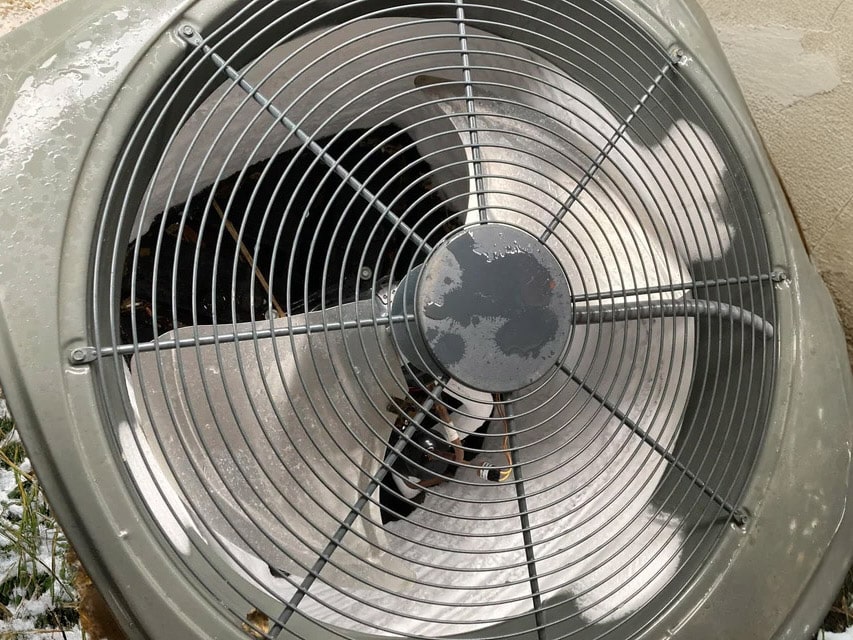
Does Emergency Heat Cost More?
Running your heating system in EM heat mode will quickly drive up your energy costs. On average, emergency heating adds about $20 per day compared to using your heat pump in regular heat mode. This estimate assumes you have a modern heat pump and depends on factors like the outdoor temperature, how well your home is insulated, and local electricity rates. In Dayton, Ohio where electricity averages 12.62 cents per kWh, running EM heat for just one day can cost significantly more than letting your heat pump do the work.
Heat pumps are designed to be highly efficient, about 2–4 times more efficient than electric resistance heat, which is the most common back up heat source. This means when your HVAC unit is in emergency heat mode, you could be paying around three times as much to heat your home. For example, if it typically costs $0.30 per hour to run your heat pump in Heat Mode, switching to emergency heat could bump that up to $1.20 per hour.
Using emergency heat for a day or two during a true emergency might not hurt your wallet too badly, but if you leave your system in EMER mode for a week or even all month, those extra costs will add up fast. Reserve EM heat for situations like a heat pump malfunction and rely on regular Heat Mode for day-to-day heating needs. It’s the most affordable and efficient way to keep your home warm during chilly winters.
How Long Can You Run Emergency Heat?
Your system can technically run in Emergency Heat mode indefinitely. Whether your backup heat source is electric or fossil fuel, it’s designed for continuous operation without causing damage. However, the real issue isn’t wear and tear, it’s the skyrocketing energy bills. The longer you rely on emergency heat, the more expensive it gets.
If you’re dealing with a heating emergency or have questions about your auxiliary heat, emergency heat, or problems with your HVAC units, Watkins Heating & Cooling is here to help. Our expert technicians are on standby to get your system back on track and keep your home comfortable all winter long. Reach out to us below — we’ve got you covered!
FAQs
No, but prolonged or improper use will increase your utility bill.
Yes, emergency heat is more costly than regular heat pump operation.
When it comes on automatically, we call it auxiliary heat. Your thermostat automatically activates it when the heat pump is not quite enough to keep your home warm by itself.

